
Beyond improved control and insight into the process, these connected chargers unlock a series of features that can streamline and improve your charging experience immensely.
Typically, managing these connected features is done through an EV charging app that can be downloaded on your smartphone (or tablet).
But with so many EV charger apps out there and a lot of different brands and developers, it’s hard to pick. So, what are the best features you should be looking for when charging at home and why? In this article, we’ve gathered the 6 most useful features an EV charging app can have.
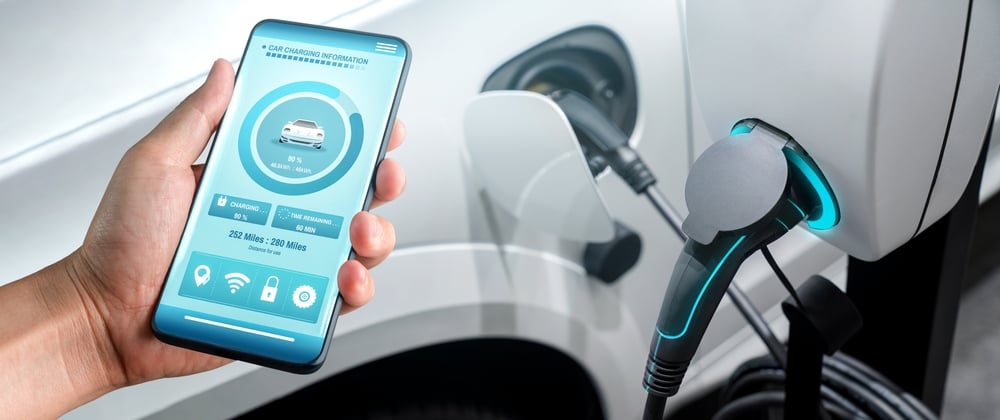
Different EV charger apps
Before exploring what a charging app can do, it’s helpful to define what it is. In practice, there are different types of charging apps depending on whether they are used for public or home charging.
Public charging apps
Public charging apps – also known as charging station finders – are used to find nearby EV charging stations and generally come with a map that shows available chargers in a given area.
Home charging apps
Home charging apps, on the other hand, are typically provided to work with a given charger and aim to control charging at home with a touch and a swipe on your smartphone’s screen. Sometimes there is some overlap between the two, with some home charging apps being able to find and use a network of public electric car charging stations too.
The 6 best EV charger app features
These are the 6 top features that will help you charge your electric car most optimally.
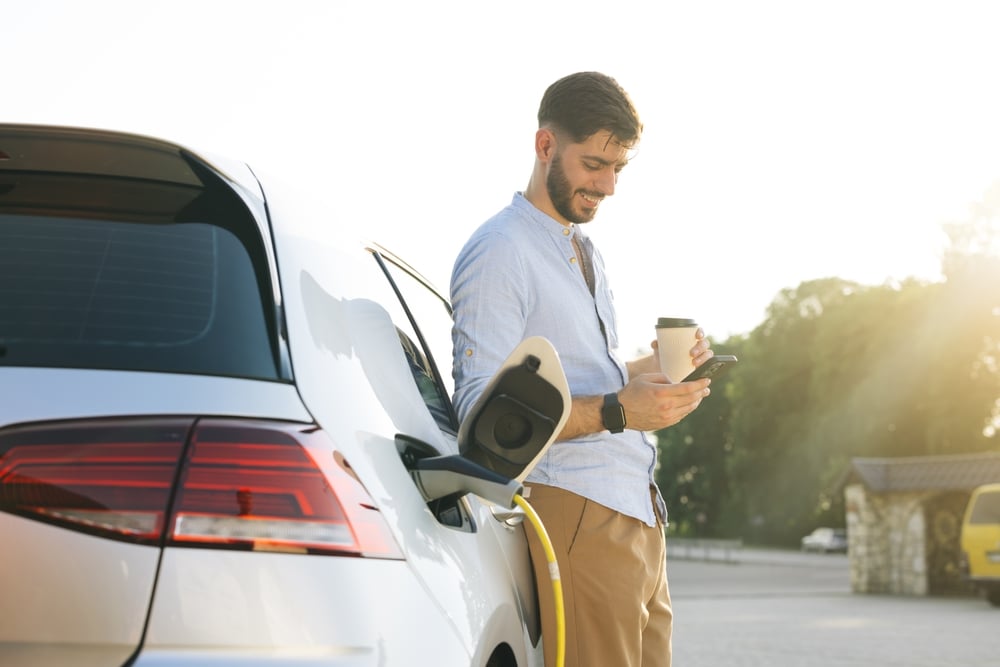
1. Set charging schedules
Perhaps one of the most useful features of a charging app is the ability to schedule charging at convenient times. This way, you can plug in your car when you get home but only set it to start charging when electricity costs are lower or when you have fewer appliances powered on to avoid overloading your electrical circuit.
Moreover, scheduling charging guarantees your EV will be charged when you need it by setting preferences and priorities for the charging session. Finally, an app allows you to adjust the schedule on the go – for example, if your plans change and you need your car charged sooner than expected.
2. Collect data, insights, and statistics
Another significant benefit of a charging app is the possibility to collect data and insights about your electricity usage and charging behavior. This is particularly useful for managing energy costs, allowing you to decide to charge when it is most cost-effective. Next to this, by understanding how often you charge your EV and how much range you add vs. the range you use, you can adjust your charging behavior to your personal needs and even optimize your car’s battery life.
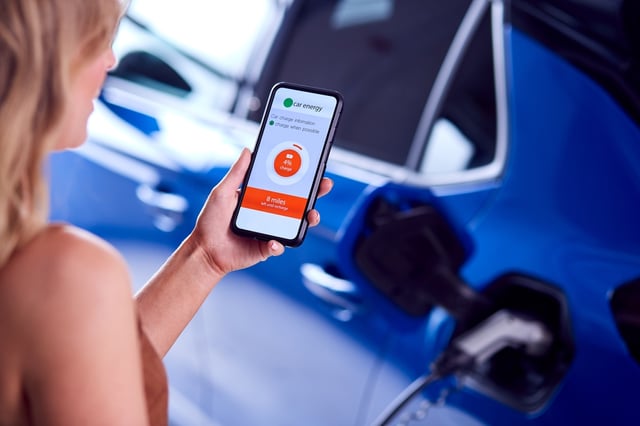
3. Receive notifications and alerts
Using a charging app is a great way to stay up-to-date on your EV’s charging by receiving notifications and alerts relating to the process. For example, you can be notified when your EV is done charging or after it has reached a certain state of charge.
Alerts can be particularly valuable to let drivers know when there is a problem with the charging session. For instance, an app could notify drivers that charging stopped earlier than expected (for example, because of a power cut or if someone unplugged the car) and allow them to react quickly to fix the problem.
4. Manage sustainable energy
Solar power is the second-fastest growing source of renewable energy and is becoming the cheapest (and very sustainable) option to generate electricity in most areas around the world. Given that EV charging is energy-intensive, using solar energy can be highly advantageous to reduce your electricity bill.
However, using solar energy for your EV is not a simple plug-and-play experience, and the electricity generated by your solar panels requires some processing before it can be fed into your car. There are charging app features available to help you manage this by allowing you to easily choose your energy source and schedule charging at times when solar energy production is at its peak. Should you have an external battery storage system, you could even charge your car at night with the energy you’ve generated during the day.
As such, more and more people are installing solar panels, and many are considering using solar energy to charge their EVs.
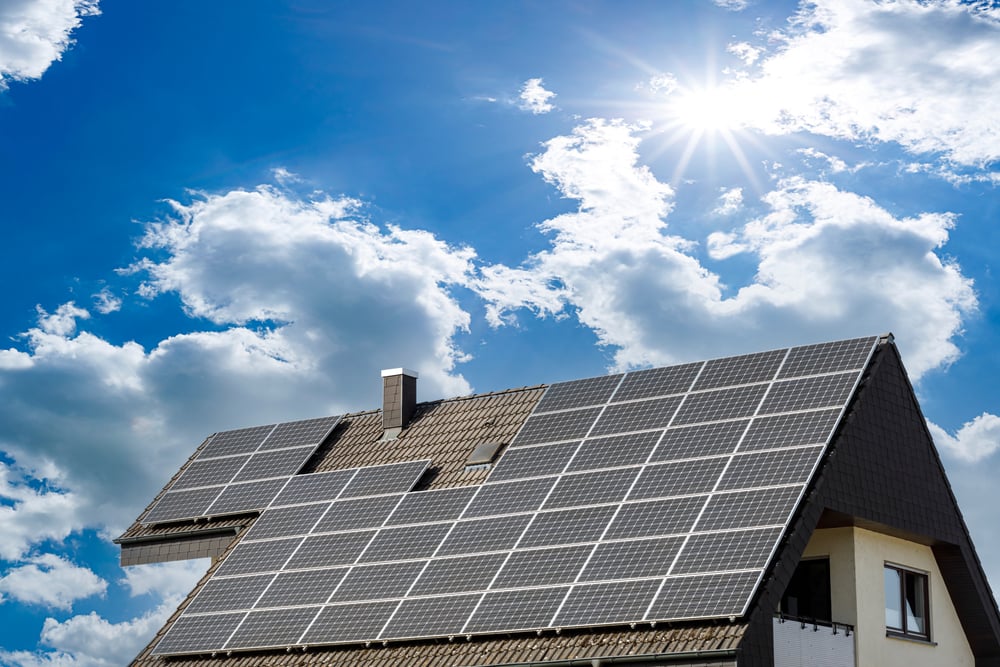
5. Manage users and chargers
A charging app can also help you streamline having multiple users on a single charging station. Just like your Netflix account, you might want to add and manage multiple users, to keep data separate and keep track of individual users. This is particularly valuable if multiple people use a charger, if you have more than one car, or if you own more than one charging station.
This feature can also be useful for apartment buildings and multi-family homes, where charging stations may be shared between residents. In those cases, a charging app can help attribute energy consumption to a given user, ensuring they pay the right amount for their electricity use.
6. Find available public charging stations
While charging at home is the most popular, you can charge your electric car in a lot of places. Some EV charging apps can help you find EV charging stations on the go as well. Next to your home charger, you can easily access public charging stations in the interface you are familiar with. Generally speaking, public charging app finder functionalities typically show important information such as the type and number of chargers, charging speed, real-time availability, and costs.
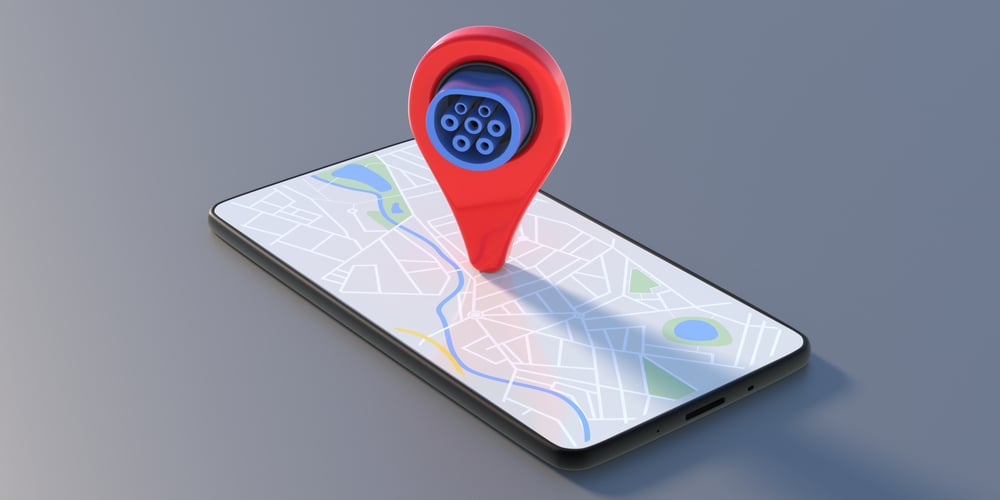
As we’ve embraced technological advancements in many aspects of our lives, an EV charging app is a logical and versatile addition to our digital toolkit that will make our lives easier. An EV charging app is a versatile tool that helps drivers control charging sessions and stay up-to-date with data and insights during the process. Of course, as technological developments, well, develop we expect more and different EV charging app features to be introduced or improved in the future.
If you’re considering installing an EV charger at your home and you want to know more about connectivity and existing or upcoming smart charging functionalities, take a look at our smart charging article where we cover that topic in more detail.